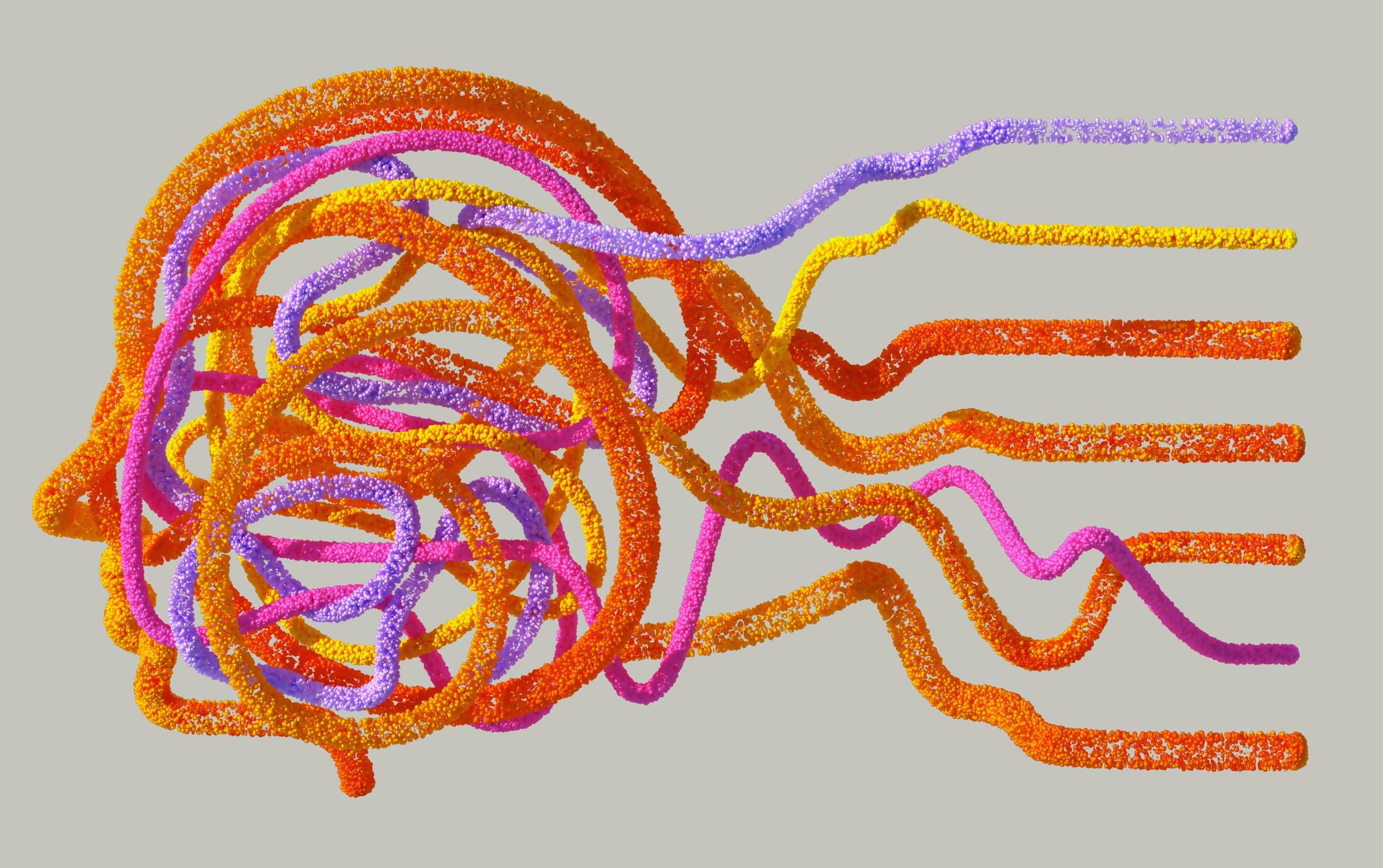Being picky with your food is a common childhood experience; some foods just tasted yucky, smelled gross, or felt unappealing enough to make you avoid them. Most likely, though, you only avoided a small number of foods, could stomach them if you had to, and grew out of your pickiness as you got older. What if none of that was true for you? What if you avoided all but a very limited list of foods, were afraid of many foods, or became even more picky the older you got?
These are all symptoms of having ARFID, an eating disorder that affects 0.5% to 5% of American children and adults and that can have heavy nutritional, physical, and psychological consequences. To understand what people who have this disorder experience and how to support and treat them, it’s worth diving into the pathology, symptoms, and physical and medical effects of the disorder.
What is ARFID?
ARFID, short for Avoidant/Restrictive Food Intake Disorder, is an eating disorder in which a person limits the amount or kinds of food they eat; it’s been listed in the DSM-5, or Diagnostic and Statistical Manual of Mental Disorders, since 2013. Unlike people who have anorexia or bulimia, a person who has ARFID doesn’t avoid food because they’re worried about its effects on their body shape or size. Instead, they avoid it because they lack interest in eating, have strong sensory reactions to many foods, or fear choking on, vomiting up, or being allergic to food.
Unlike a picky eater, who can be persuaded to eat around or try a bit of food they generally don’t like, a person with ARFID feels a higher level of anxiety towards the foods they avoid. They might not even eat any food on their plate if a food they’re uncomfortable eating is also there. A person with this disorder also tends to have a much smaller list of acceptable foods, sometimes as few as five or ten, and might grow more restrictive in their diet as they grow older.
While this disorder usually develops early in childhood, it can impact people of all ages and lead to major consequences throughout their lives. This disorder is more likely to develop among people who have autism spectrum disorder, anxiety disorders, ADHD, depression, or medical conditions that make eating uncomfortable.
How to tell if you or someone you know has ARFID?
According to the National Eating Disorder Association, a person who has ARFID often has a range of preferred foods that gets narrower over time, will only eat foods that have certain textures, or may show a lack of appetite or interest in eating food. They may feel constipated, have abdominal pain, be lethargic or overly energetic, or always say they have an upset stomach or feel full around mealtimes.
Though the physical signs of ARFID can vary significantly depending on each person’s eating habits, a person who has this disorder may experience signs of starvation similar to those of anorexia nervosa. Among these symptoms are stomach cramps, muscle weakness, dizziness, fainting, difficulty concentrating, dry skin and nails, cold hands and feet, and problems sleeping.
According to the DSM-5, a person can be diagnosed with ARFID if their restrictive eating behaviors cause them to regularly fail to meet their appropriate nutritional and energy needs and if these behaviors can’t be explained by a lack of available food or an avoidance of certain foods due to cultural beliefs. The DSM-5 also requires that these behaviors aren’t associated with the person’s perception of their body weight and shape, can’t be attributed to a concurrent medical condition, and aren’t better described by another medical disorder.
What are The Medical Consequences?
Although their experiences can vary depending on their diet compositions and eating patterns, people who avoid eating multiple categories of food like fruits or vegetables often lack sufficient amounts of key nutrients in their bodies. If they become metabolically and nutritionally unbalanced, children with the disorder might not grow or gain weight at the rates they’re expected to; they may even stop growing entirely. Children and adults whose diets become too restrictive might also experience dramatic weight loss and need to be hospitalized.
Children who have the disorder have expressed anxiety about going to parties, restaurants, or other places if they don’t know what kind of food will be there; some have stopped wanting to go to these events due to overwhelming anxiety. Children and adults can also have trouble navigating relationships or experiences at school or work because they have difficulties eating.
How is ARFID Treated?
Although there’s still limited research available about the effectiveness of medication, a few treatment options have shown promise in helping people who have ARFID. Researchers stress that early intervention is better, that parents and caretakers should be supportive of loved ones dealing with the disorder, and that effective treatment plans can be developed by working with experienced physicians, psychiatrists, psychotherapists, and dieticians.
The National Eating Disorder Association lists three types of therapy used to help people who have the disorder. Cognitive behavioral therapy, or CBT, focuses on overcoming the beliefs and thoughts that maintain the disorder. Family-based therapy, or FBT, empowers family members to help the patient reestablish healthy eating patterns. Supportive parenting for anxious childhood emotions, or SPACE, helps parents encourage their children to overcome their restrictive eating habits by being more flexible with the food they’re willing to eat.
Before expanding the variety of food their children eat, parents should make sure their kids are getting enough calories first. To remind them when to eat, parents can also use timers or visual aids. To expand their diets, they can use a strategy called food chaining to get them to try new foods paired with foods they already like.
How have these therapy treatments worked?
The Instagram account myarfidlife helps show the effectiveness of cognitive behavioral therapy in treating this eating disorder. The account focuses on Hannah, an eight-year-old girl diagnosed with ARFID, and her mother, Michelle, who runs the account. In the videos her mother posts, Hannah tries out samples of different foods for the first time and rates them on a scale from one to ten.
When Hannah was younger, she only had about five specific foods she would eat, but thanks to the therapy her doctors and mother have provided, the number of foods she considers safe has increased by 11. As ARFID is still a little-known disease, myarfidlife has also served as an inspiration for other people with the disorder since they found someone else in the eating disorder community with whom they could discuss their struggles.
Final thoughts
People who have ARFID have difficult relationships with food. They severely limit the kinds of food they eat; they often fear negative consequences when eating; and they’re usually unwilling to eat any food that falls outside their parameters of acceptability. This disorder can negatively affect their physical health and social lives.
While research into the effectiveness of certain treatment methods is still fairly new, various therapy methods can help people with this disorder expand their dietary ranges. By learning more about the realities of ARFID, you can better understand and support people who have the disorder.
Disclaimer: This article is intended simply to provide information. It does not replace the medical advice of a physician. Please speak with your doctor if you have any questions or concerns.
For more great content
Total Apex is an all-encompassing content producer. We provide heavily detailed articles every day on entertainment, gaming, sports, and so much more! Check out all our great sports content at Total Apex Sports. Check us out on X @TotalApexEandG and our other sites: Total Apex Sports Bets and Total Apex Fantasy Sports.










